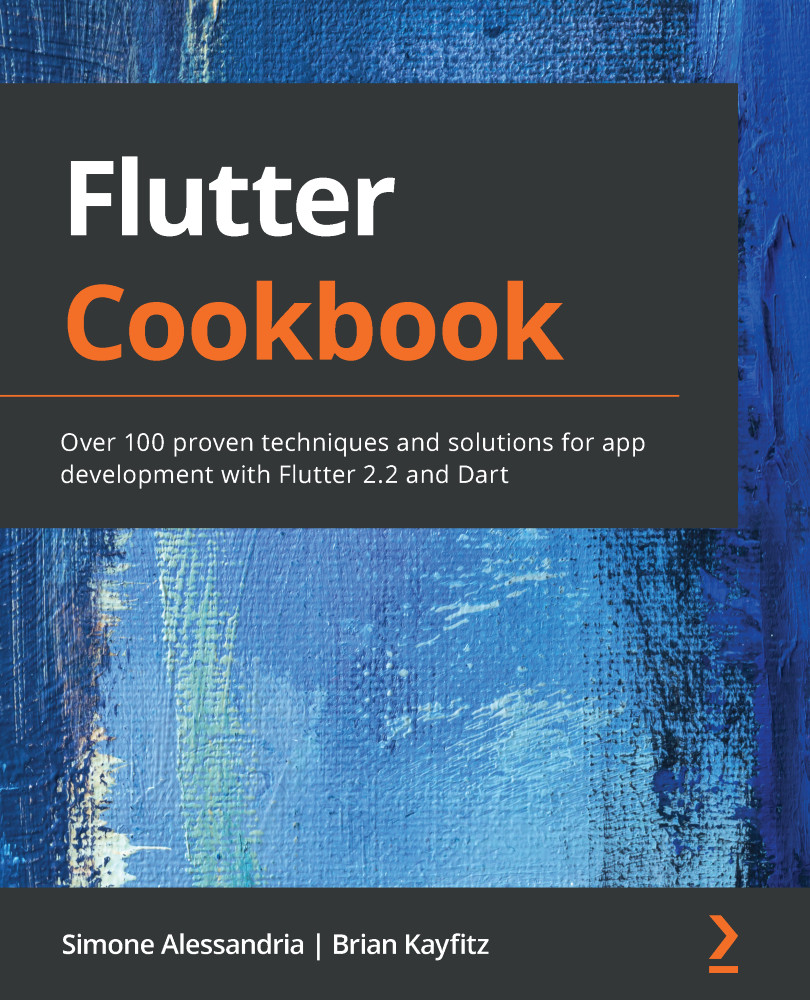It's time to finally get our hands dirty with Flutter! By now, you should have your environment set up and have a pretty good handle on Dart, so there shouldn't be any surprises.
In this chapter, we will be building the layout for static elements in Flutter while showing how to build widget trees. Everything in Flutter should be thought of as living in a tree structure.
Every widget in Flutter is supposed to perform a single small task. On their own, widgets are classes that perform tasks on the user interface. A Text widget displays text. A Padding widget adds space between widgets. A Scaffold widget provides a structure for a screen.
The real power of widgets comes not from any individual class, but from how you can chain them together to create expressive interfaces.
This chapter will cover the following recipes:
- Creating immutable...


